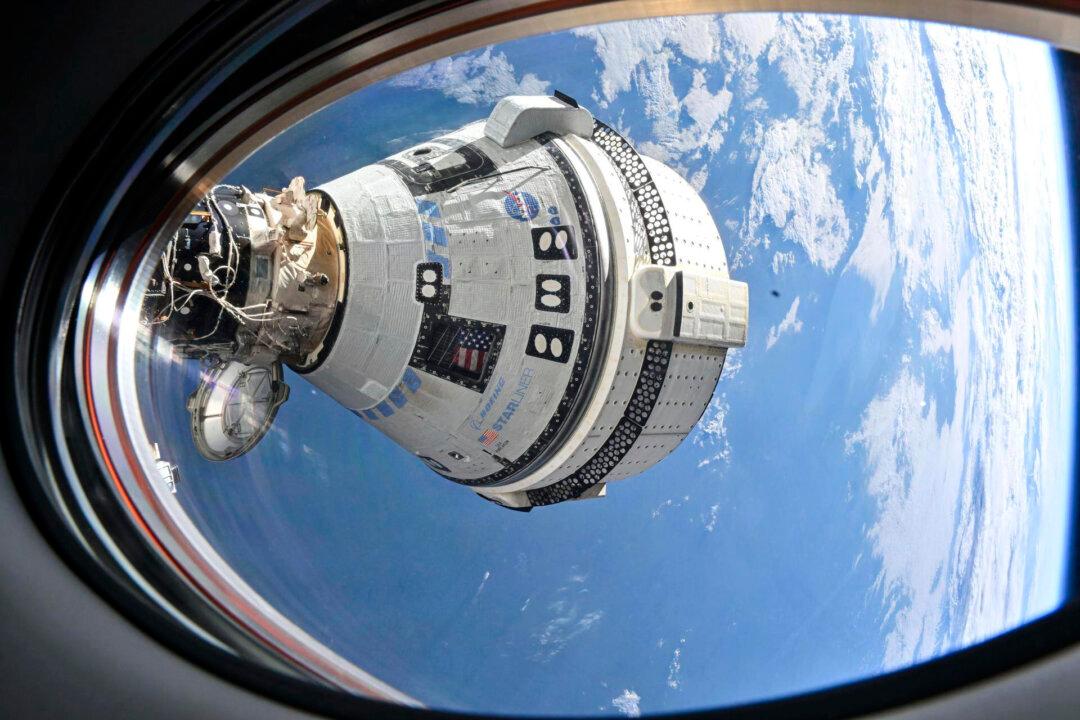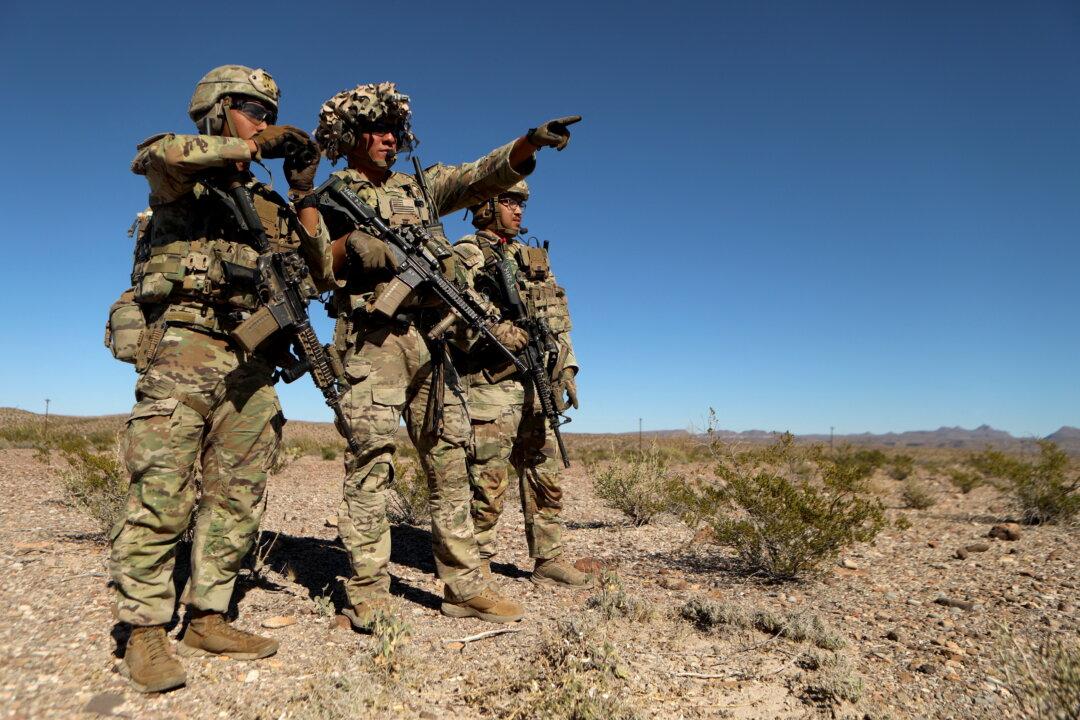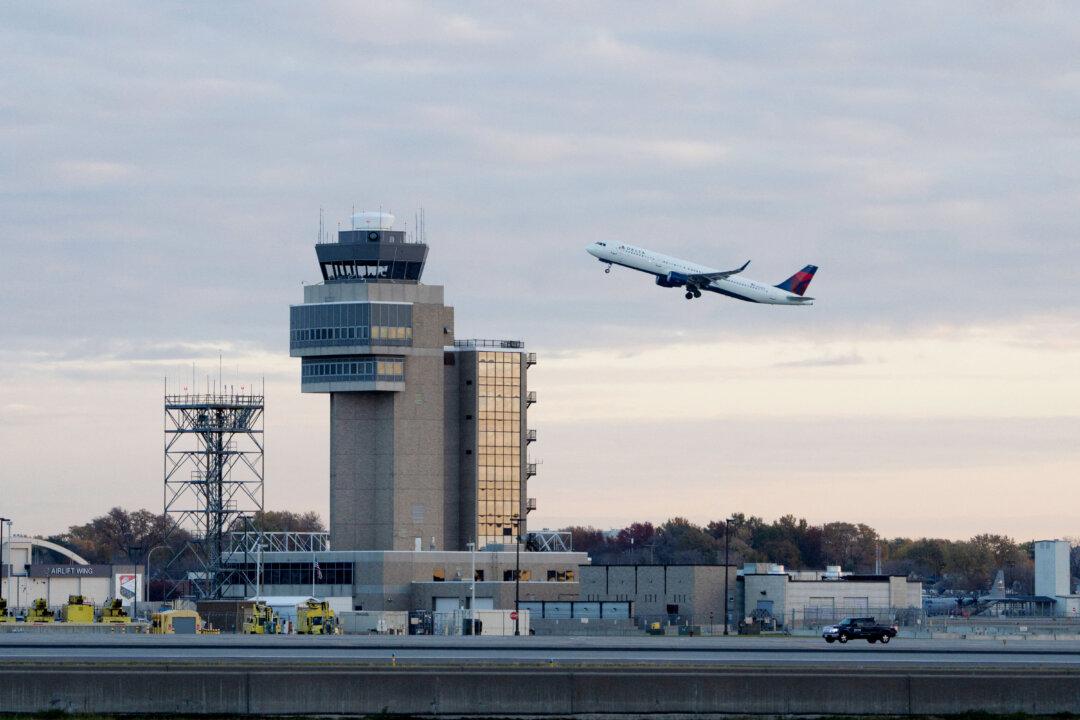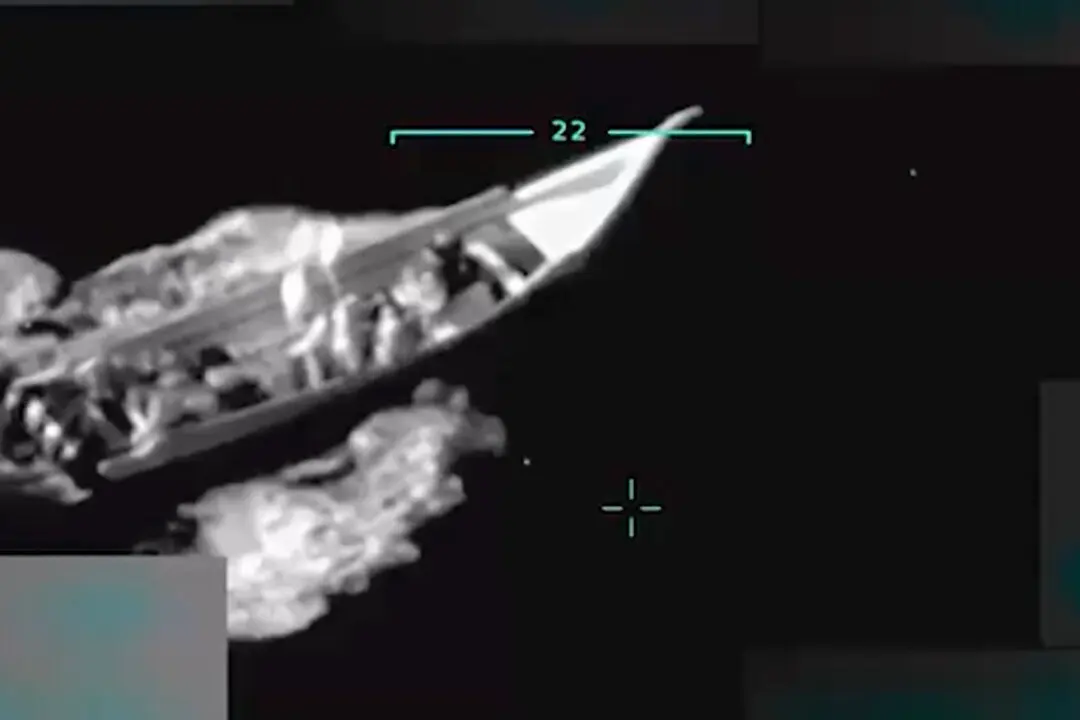Boeing’s test pilots on its new Starliner spacecraft face uncertainty aboard the International Space Station (ISS) as NASA considers multiple contingency plans to bring them home, the agency said during an Aug. 7 press conference.
Butch Wilmore and Suni Williams have been aboard the ISS for more than 60 days as Boeing and NASA conducted extensive testing on an identical capsule at the White Sands Test Facility in New Mexico to determine the cause of Starliner’s failing thrusters.





